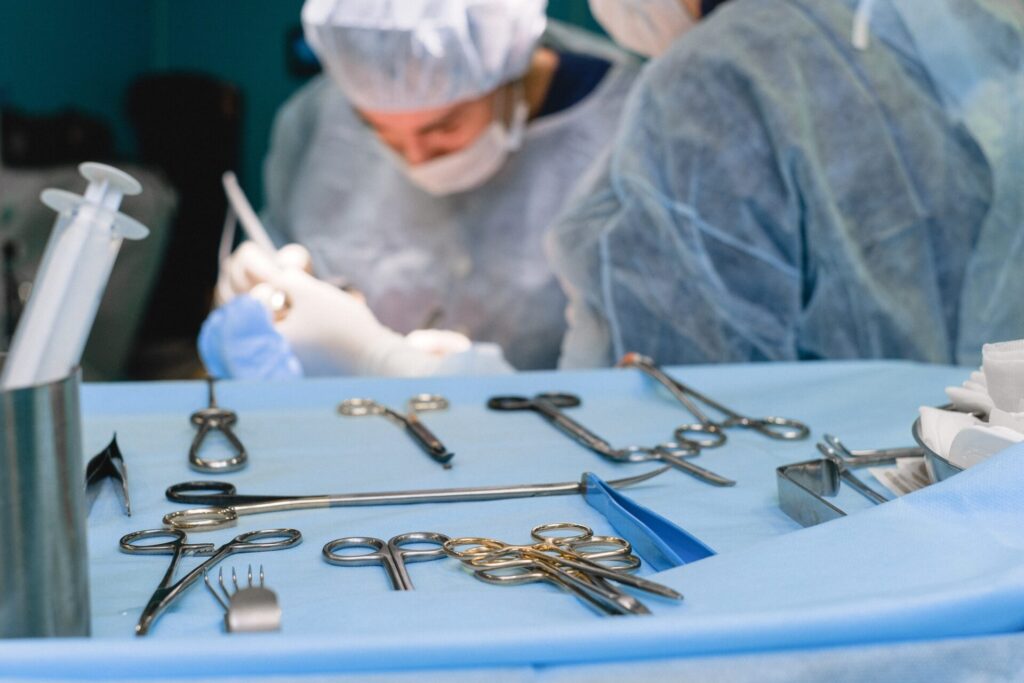How Physical Therapy Helps After Toe Deformity Correction Surgery
Did you recently complete toe deformity correction surgery? If so, you are likely looking to get back to your routine as soon as possible. But recovery often comes with a timeline – and that’s where physical therapy can supplement rehab efforts. In this blog post, we will be exploring the many ways physical therapy can help after toe deformity correction surgery for you to resume normal activities sooner rather than later!
Understanding Toe Deformity Correction Surgery and Its Benefits
If you’re experiencing toe deformities that are causing discomfort, you may be a candidate for toe deformity correction surgery. This procedure is designed to alleviate pain and improve the appearance of the affected toes. While each patient’s case is unique, the goals of the surgery are generally the same. Surgeons will work to straighten out any crooked toes and correct any other deformities such as claw or mallet toes. In addition to enhancing the appearance of your toes, this surgical procedure can increase your mobility and quality of life. So if you’re currently struggling with toe deformities, you may want to consider speaking with your doctor about the possibility of correcting the issue through surgery.
What to Expect During Physical Therapy After Surgery
Physical therapy can play a crucial role in your recovery after surgery. During your first session, your therapist will evaluate to assess your range of motion, strength, and flexibility. Based on this assessment, they will create a personalized treatment plan, which may include exercises to help you regain strength, flexibility, and balance. Your therapist may also use modalities such as heat, ice, or ultrasound therapy to help ease pain and promote healing. Throughout your physical therapy sessions, your therapist will monitor your progress and adjust your treatment plan as necessary. With the guidance of your therapist and dedication to your rehabilitation, you can expect to see improvements in your mobility and overall function.
Strengthening the Muscles Around the Joints
As we age, it’s essential to keep our bodies in top condition to prevent injuries and maintain mobility. One crucial aspect of overall fitness is strengthening the muscles around our joints. These muscles provide support and stability, allowing us to perform everyday activities with ease. Without sufficient strength in these muscles, we become more susceptible to joint pain and injury. Luckily, there are plenty of exercises and routines that can help us improve muscle strength in these areas. By incorporating these exercises into our fitness routines, we can protect our joints and stay active and healthy for years to come.
Increasing Range of Motion in Your Foot
Your feet are your foundation, and increasing their range of motion can have a positive impact on your overall physical health. Whether you’re an athlete looking to improve your performance or simply looking to alleviate foot pain, there are several effective ways to increase your foot’s range of motion. One approach is to perform targeted exercises that stretch and strengthen the muscles and ligaments in your feet. Another tactic involves using massage techniques to help release tension and improve flexibility. In addition, investing in supportive footwear that properly fits your feet can make a world of difference. By taking steps to increase your foot’s range of motion, you can boost your foot’s health and even improve your posture and balance.
Improving Balance and Coordination With Exercises
Improving our balance and coordination can greatly enhance our daily activities, whether it’s walking up the stairs or playing sports. Luckily, there are various exercises we can incorporate into our routines that will challenge and improve these skills. For example, incorporating single-leg exercises such as lunges and step-ups can help strengthen our core and lower body, ultimately improving our overall balance. Additionally, simple exercises such as standing on one foot or practicing walking heel-to-toe can help improve coordination and stability. It’s important to consistently challenge ourselves with these exercises to see progress and reap the benefits of improved balance and coordination.
Preventing Injury and Re-Injury by Utilizing Stretches and Strengthening Exercises
Preventing injury and re-injury is crucial for living an active and fulfilling life. Utilizing a combination of stretches and strengthening exercises can greatly reduce the risk of injury. Stretches prepare muscles for activity by increasing flexibility and range of motion. Strengthening exercises help build endurance and stability, which are essential for maintaining proper form and reducing the risk of muscle strain. Additionally, incorporating rest and recovery into an exercise routine is just as important as physical activity itself. By taking care of our bodies through stretching, strengthening, and rest, we can maximize our performance and minimize the risk of injury.
Conclusion
Taking good care of your feet is a huge part of living a happy and healthy life. With the advancements in medical technology, you don’t have to suffer from painful deformities such as toe deformity; surgery to correct these issues can provide you with amazing and long-lasting results. After surgery, there are physical therapy regimens that should be followed to ensure the best outcome. Exercises such as strengthening, stretching, balance, and coordination will help prevent injury and improve mobility over time. Toe deformity correction surgery can help people live their lives without pain while still being able to be mobile and engage in activities they may not have been comfortable engaging in before. With proper recovery and maintenance after the procedure, it can make a big difference in the quality of life for those who need it.

